Predators are just trying to live their best life. As the weather turns from summer to autumn, the temperatures begin to drop, and as winter creeps in, it becomes more difficult for predators to find food.
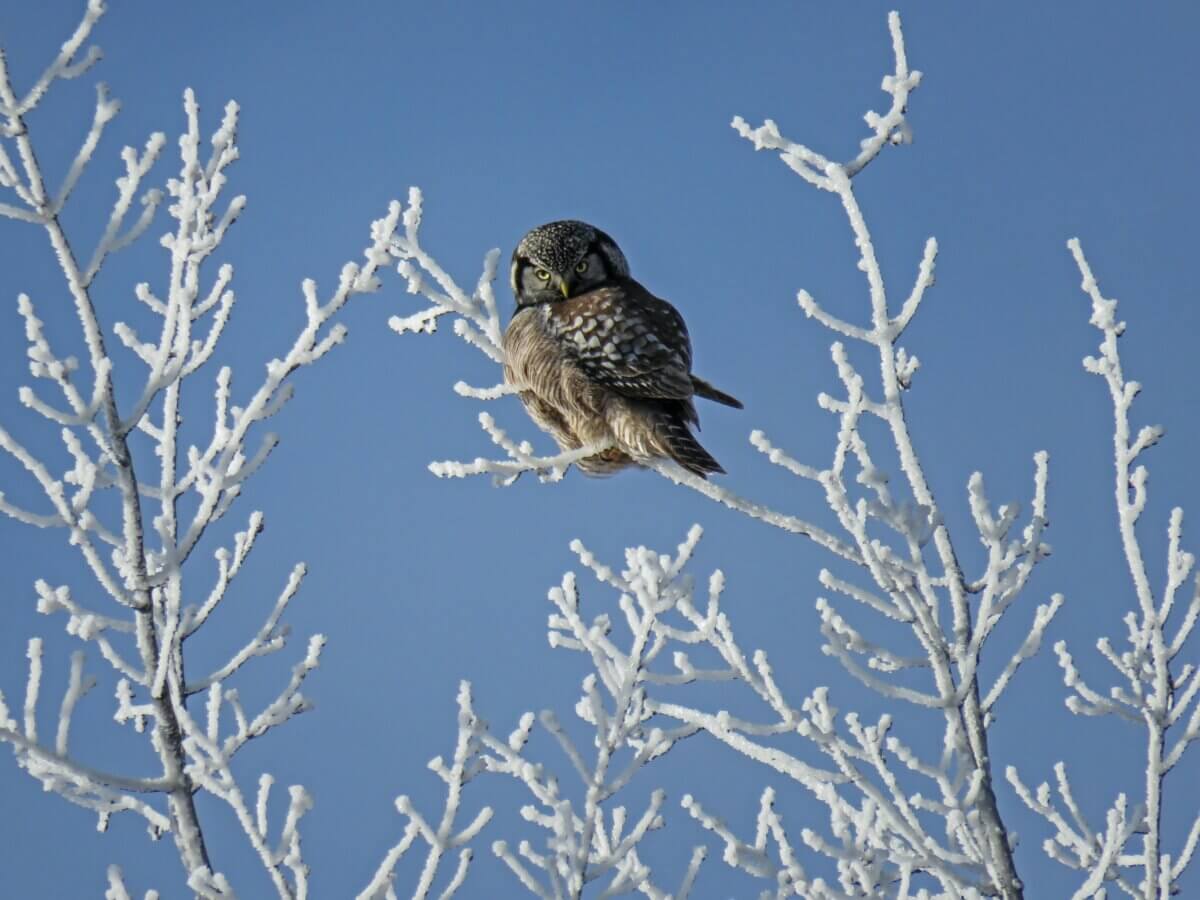
We go to the markets to buy whatever it is we need to care for ourselves. Unfortunately, humans have taken up residency on a lot of the land, which tends to make life harder for all creatures. There isn’t a market they can run to, so … they find our homesteads and shop for free.
It’s impossible to completely protect our gardens and animals from predators. However, there are various things we can do to protect them the best we can. And it isn’t always our livestock, pets, or gardens that are attacked. Sometimes predators find their way into our homes or buildings and muck things up.
I try to stress to people new to homesteading that if you’ve got animals on your property, you’re not the only living creature keeping an eye on them. Without further ado, let’s talk about how to protect yourself and your homestead from predators.
Different Types Of Predators
Again, predators aren’t running around trying to ruin our days intentionally. They’re hungry, and our yards contain all the easy fixins’ for a great meal.
Dogs
As sad as it may be, dogs are often the number one threat to livestock. It’s in their nature to chase animals, both large and small. If they’re hungry, they’ll be looking for food. Even if they’re not hungry, they’ll sometimes make a kill because they can come back for it later (if they don’t drag it off with them). Sadly, sometimes it’s our own dog!

It’s relatively common to see dogs running around free in the country, and that cute dog you saw in the morning might be lurking to get a tasty morsel. If that’s the case, talk to your neighbors and see if they’ll do something to improve the situation before things get bad. If they aren’t responsible, you may have to involve animal control or the local authorities.
Opossums, Skunks, Raccoons
These three predators love chickens! Skunks actually prefer their eggs to the meat. Still, if they’re hungry and an opportunity presents itself, they might take smaller chickens or chicks. Raccoons are intelligent creatures; they open doors, unlock latches, stack things to climb, and will figure out how to get everywhere you don’t want them.
Related Post: 7 Chicken Predators and How to Protect Your Flock
Falcons, Owls, and Eagles (Other Birds of Prey)
Chickens and ducks sometimes go missing during the day without a trace. This is usually the handiwork of birds of prey that swoop out of nowhere, snatch your birds, and have a meal.
Snakes
Snakes can be found in the chicken coop stealing eggs any chance they get — or whenever the first one digests. They don’t usually eat large birds, but it depends on the size of the snake. Even smaller snakes will gulp down a chick if the opportunity arises. Also, venomous snakes can strike, leaving your bird in bad shape or dead.
Coyotes, Foxes, Weasels, and Minks
These suckers can really wreak havoc in a night. If they get into your coop, you can lose many birds in one shot. These predators are commonly seen at night, but they can and will spend the daytime hours hanging around.
Bears, Wolves, and Mountain Lions (Other Big Cats)
Chickens are a snack to these predators. Bigger predators can take out larger livestock without an issue.

And if you’re a beekeeper, you’re not out of the woods. Raccoons and bears love that sweet golden treat just as much as we do. Even more so, they love the larvae and can cause significant devastation in a night.
There are predators in some areas, like alligators and crocs, that also enjoy chickens. Don’t rule them out if you live in those regions.
Keeping Your Homestead Protected
As I mentioned earlier, you can’t provide 100% protection, but you can come close. As Ben Franklin said “An ounce of prevention is worth a pound of cure.”
Housing
Dot your i’s and cross your t’s! Safe and secure housing is essential. You’ll have to conduct regular checks around the animal homes to make sure everything is in tip-top shape. Keep an eye out for holes being dug, cracks in the walls, holes in boards, loose materials, and gaps in the roof. Make it challenging for the predators common in your area. If, by chance, you think something’s trying to get in, set up a camera to see what it is — and handle it.
If you let your animals free-range or graze, make sure they have a durable fence. It won’t always work, but it’s worth trying a predator-proof fence to keep your animals, especially young or elderly animals, safe.
Physical Barriers and Permanent Fences
If you know there are large predators in your area, fences should be at least 8 feet tall. If there are spaces between the boards or wire, they should be no more than 6 inches apart to keep predators from squeezing through.
Using hot wire or electric wire around existing fences will stop most predators. In addition to hot wire, a welded wire apron of 24 inches or wider can be attached to the bottoms of your borders, and then partially buried to help prevent predators from digging under it.
Something else you could do to your animal fencing is to put up a coyote barrel. A coyote barrel is simply a PVC pipe, 6 inches or larger, on a wire at the top of the fences. It can prevent your dogs from getting out, and other animals from coming in. What happens is the coyote barrel will literally roll the animal off as it is trying to come over.
Latches on your gates and entrances are necessary. However, you’ll want to avoid simple versions. Believe it or not, many predators (animals in general) are extremely intelligent. They will figure out how to open the latch and waltz right in. A reasonably reliable option is to use a carabiner to secure your fence latches. Speaking of gates, make sure there aren’t any significant gaps that predators can squeeze through.
Electric Fencing
For over two decades, electric fences have been used to deter predators from coyotes to mountain lions. They can also be beneficial for controlling smaller predators like raccoons and foxes.

One thing about electric fences is they are considered relatively cheap compared to having a fence built. They also take far less time to set up. If they’re installed correctly, they can be moved when you move your animals, so if you want to move them to a new pasture or mob graze, your electric fence is mobile.
There are plenty of choices with electric fences, too. They come in various styles and can be used for small animals like chickens and larger creatures like cows and sheep. Don’t forget, fences of all kinds require regular maintenance and inspection.
Cover
Free-range birds and other small animals will need to have access to cover. Cover can vary from thick shrubs or a wooded area to a mobile chicken and rabbit run. You can also have a slanted roof as cover. Not only will it provide shade, it gives them a bit of safety from birds of prey.
Scare Tactics
Motion lights and alarms can help scare away predators lurking at night. You can find battery-powered, electric wired, and solar options. However, after some time, they may not be as scared as they initially were, especially if they’re starving.
If you use noises, change them periodically and try to include recordings of people talking. You can also try leaving an article of clothing or something with a human scent on it.
Motion detecting water squirters are also effective for deterring some predators. Basically, setting up any system that will scare away lurking animals can be effective. Change things up from time to time to help surprise them.
Trail Cams or Monitoring Systems
Utilizing a trail cam or monitoring system helps you have eyes where there aren’t any. You should check the footage regularly to make sure nothing is trying to weasel its way in.
A baby monitor can also be used. If you hear any disturbances, it gives you a little time to step in and protect your animals. If you don’t want to kill predators, I suggest getting some nonlethal rubber bullets or salt pellets that will sting enough to send them on their way.
Guardians
It’s the middle of the night, and you need to sleep. So, why not invest in guardian animals? If you choose a dog, make sure you select a good breed for the job, and it has to be well trained. If you have larger predators in your area, you may want to consider two or three guard dogs.
Donkeys. Yes, you read that right. Mini donkeys are an excellent defense mechanism for coyotes. Llamas are sometimes used, but they’re more about defending their territory, so your livestock would have to be in llama territory to have protection.
One thing about llamas and donkeys is they will graze off the land. Dogs need to be fed twice daily, whereas you can allow llamas and donkeys to free-range and toss them feed as needed.
Guineas and geese are good for protecting against minks and snakes. They might not be able to take down a coyote or skunk, but they will definitely alert you when danger is approaching. Their cries will have your ducks and chickens running for cover quickly.
Please remember, if large predators are common in your neck of the woods, it’s best to use nonliving protection as guard animal lives will be at risk as well.
Traps
If you know predators are scouting your property for something to eat, set traps. If you use them correctly, they can be highly effective. Once you have them trapped, you can call your county fish and game or U.S. Fish & Wildlife, and have them relocated to a safer area for everyone.
You know your homestead better than I do. Check your animal housing and fields regularly to add an extra layer of knowledge for yourself. If you don’t know there’s a loose board in the wall, you won’t expect predators in the barn or coop. The more steps you take and methods you utilize, the safer the homestead will be for you and your animals. Happy homesteading!


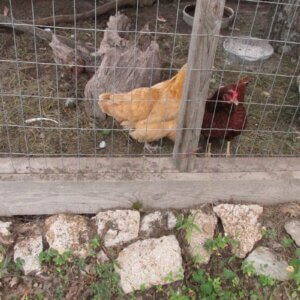
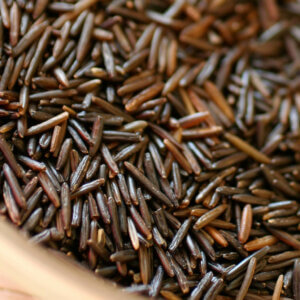
















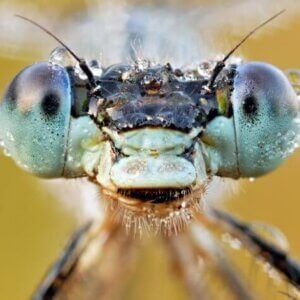







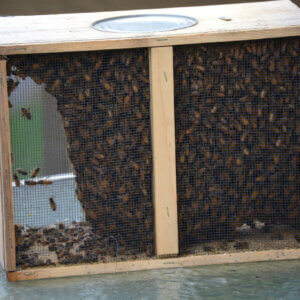




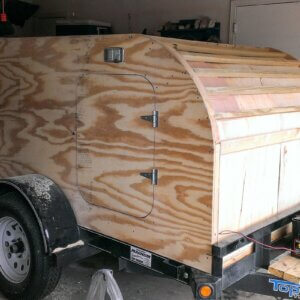

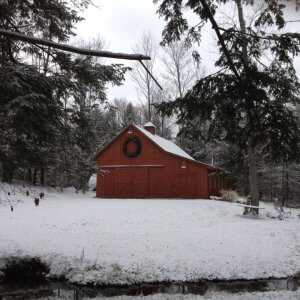

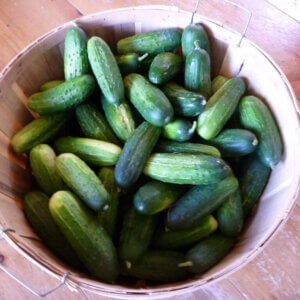




Leave a Reply